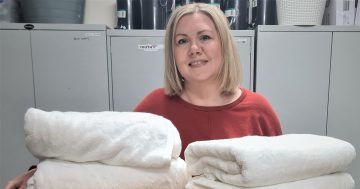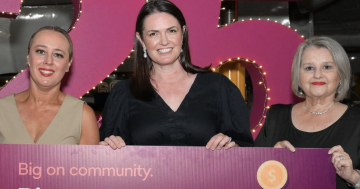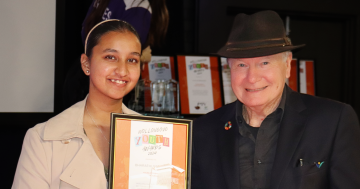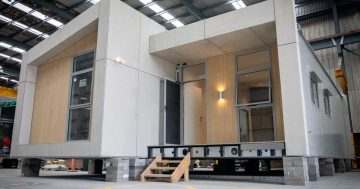
Young people make up the majority of those needing homelessness services in the Illawarra. Photo: File.
The demand on homelessness and housing support service providers around the Illawarra is on the rise, with figures revealing the Wollongong local government area (LGA) has the third highest number of people in the state accessing support, most of whom are younger than 30.
New statistics are shining a spotlight on the homelessness crisis across the region, with a report by the Australian Institute of Health and Welfare showing 2438 people across the Wollongong LGA received help from specialist homelessness services in the 2022-23 financial year which was an increase of 139 on the year before.
Southern Youth and Family Services CEO Narelle Clay said there had always been a strong demand on services within the region.
“This has been an age-old problem but it has been exacerbated currently because of the lack of affordable housing and the cost-of-living pressures,” Ms Clay said.
“It is really hard for people to get into particularly rental accommodation and particularly if they are on a low income, so it’s not surprising that young people feature as a significant target group in this at-risk group of people who are becoming homeless or who can’t get into housing.”
More than 1400 of those accessing services in Wollongong were under 30, with those aged between 20 and 29 the largest cohort represented in the statistics.
Across the wider region of Wollongong, Shellharbour, Kiama and Shoalhaven more than 2500 people were younger than 30, with the largest representation in the southern LGAs being people aged between 10 and 19.
“Primarily there is a very clear connection between being homeless and not having an adequate income to actually pay for housing,” Ms Clay said.
“Young people who are not able to get family support and continued financial assistance end up with the lowest income from social services … some of them are still working two or three casual jobs and having to supplement their income.
“And they’re very lowly paid so even if they are working two or three casual jobs, they’re still not earning enough to pay rent.”
The approach to services required to best support these younger age groups may be more complex to ensure they have the wraparound structures in place to maximise benefits.
“Our social system clearly understands and knows that young people require a higher level of support and supervision than perhaps an adult,” Ms Clay said. “That doesn’t mean that adults don’t need the support but they have more life skills and are more mature and are able to make some of those decisions, where young people need support all the way.
“For many young people you can’t just find a rental property and put them in there and hope for the best … you need stability and ongoing support; it’s not solved by getting a house, there’s a whole range of other things that need to happen.”
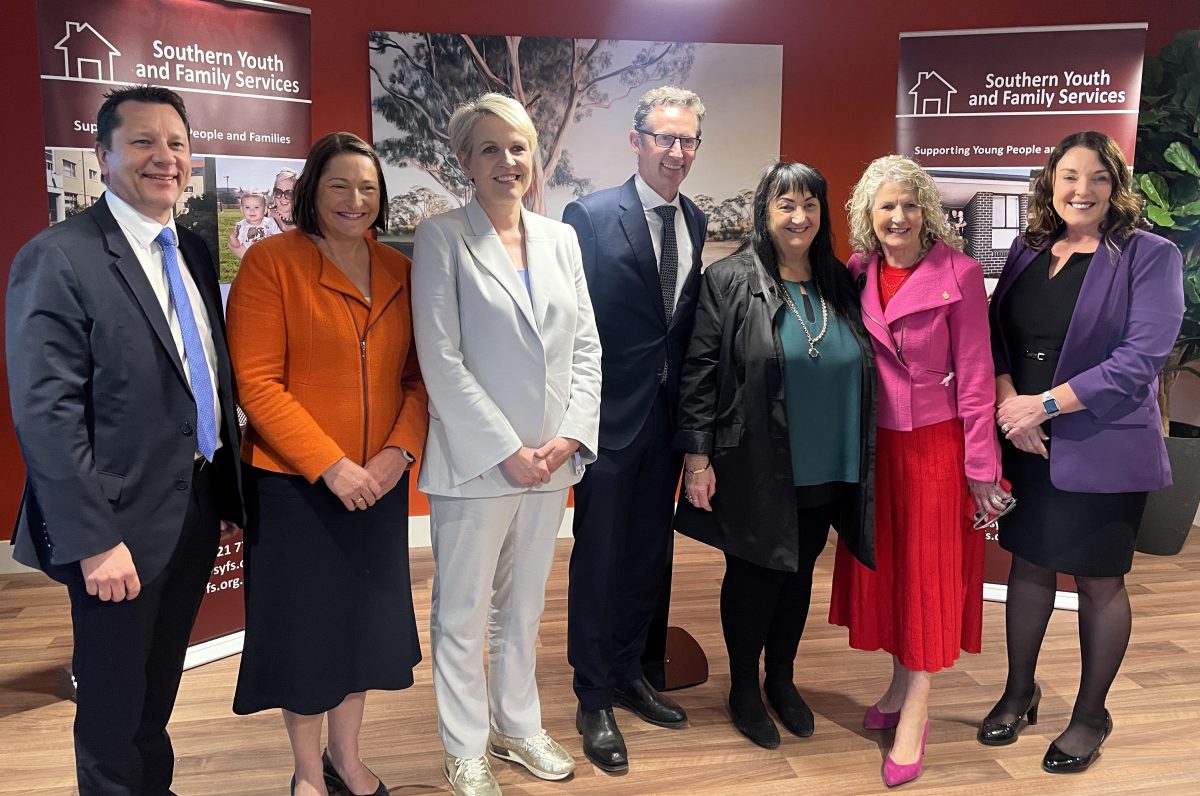
Narelle Clay with local and federal politicians at the opening of a facility in Warilla. Photo: Keeli Royle.
The bricks-and-mortar buildings are also crucial and organisations such as Southern Youth and Family Services need capital funding from both federal and state governments to increase the supply and make offerings similar to its new facility at Warilla, which sold out immediately.
They also need barriers to be removed by councils that lead to lengthy delays for development applications while people wait on lists.
“We know that governments across the state and federal arenas are looking at this issue; we know people want to do something about it – the problem is we’ve left it too long,” Ms Clay said. “We had decades of not doing enough and it takes a long time to actually get projects and properties built so in the meantime we need to do something to help renters to provide better financial support so people are still safe and housed while we’re trying to fix the system.”
And as demand grows and these services become more important than ever, Ms Clay said more needed to be done to secure longer term funding for the workers who made it possible.
“This work is hard; this work can be complex; this work can be demanding, but it’s also fantastic work and we need to be able to have workers funded well and have long-term secure jobs,” Ms Clay said.
“One of the problems that we’re seeing is with the labour market in the position it is in now where there are a lot more jobs and less unemployment, is that people are choosing not to work in some of the industries that are traditionally lower paid and so community services is really suffering from people leaving those jobs and knowing that they can get better conditions and better pay in other fields and other work.”
Although the number of people accessing services may seem alarming, many who receive this support achieve positive or even lifechanging outcomes.
Ms Clay said figures from the past year showed almost 40 per cent of young people who came to Southern Youth and Family Services were able to leave and return to their family, with around 50 per cent of clients able to get into independent accommodation with support.
And attitudes were also taking a more positive turn with the community understanding that homelessness could happen to anyone.
Now all that’s needed is funding, resources and time to find the right solutions.
“We all need to be more sympathetic to this issue; we all understand that it does cost money to fix it but it’s not impossible; we can do this, and we are working on it.”
To find out more about Southern Youth and Family Services visit its website.









